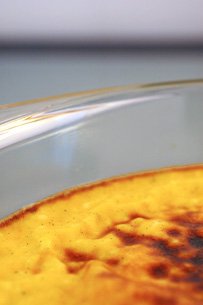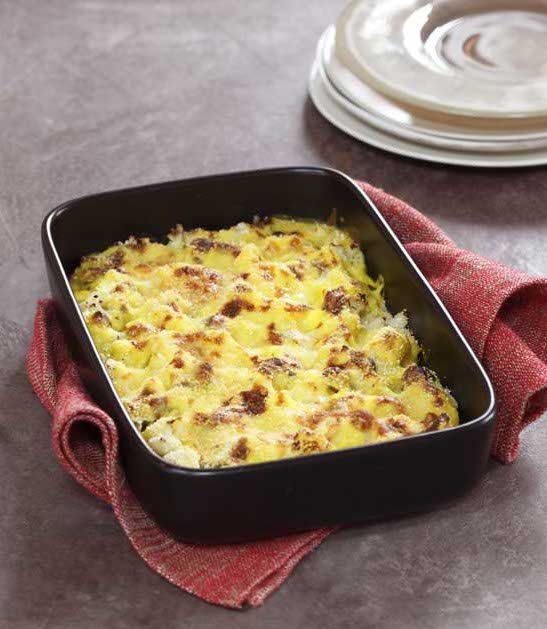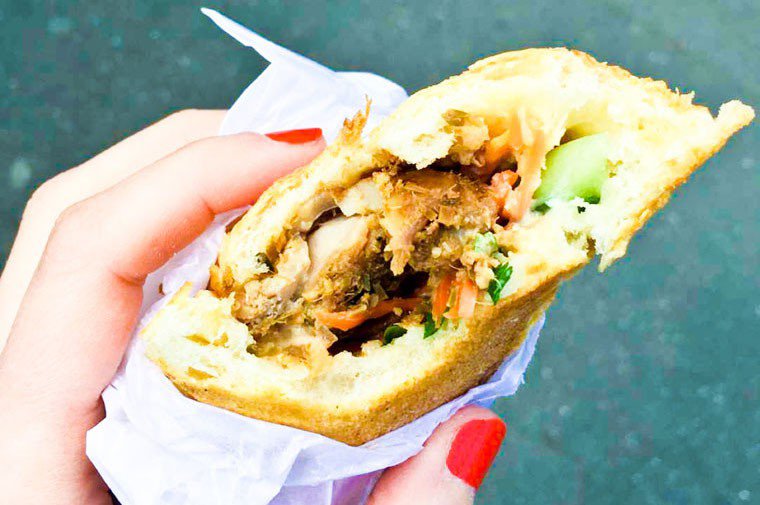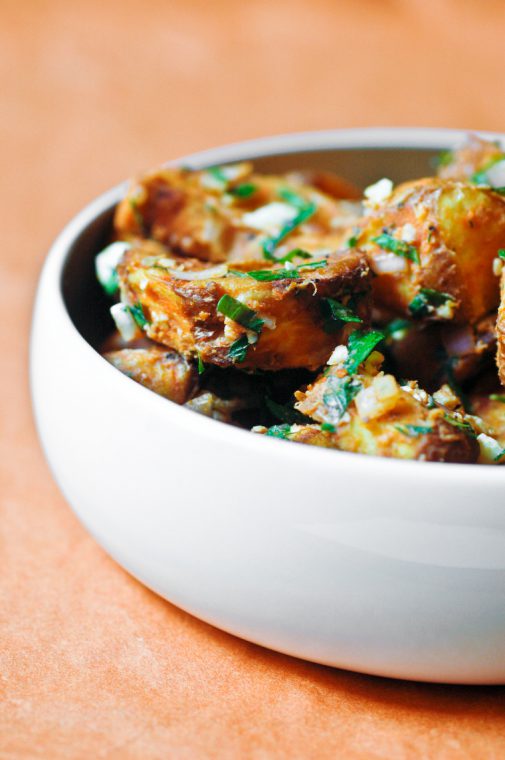
I don’t really do milk. I don’t drink it, I don’t cook with it, I don’t add it to my cereals, and I like my coffee black, thanks. As a result, I rarely have any in the fridge, and when I do buy a bottle for a recipe, the leftovers usually sit in the fridge and spoil with boredom.
But I hate to toss food as much as the next girl (or perhaps even more than her), and it recently occurred to me that I could salvage leftover milk and make Maxence happy in one easy step by baking ufs au lait (literally, “eggs with milk”, more or less pronounced as “uh-oh-lay”), a sort of flourless vanilla pudding that was one of his favorite childhood treats.
I rang up Maxence’s maternal grandmother for the recipe (the same grandmother who provided the gâteau au yaourt recipe and whose madeleine recipe I’ve been meaning to request) and barely forty minutes later there it stood, my very first batch of ufs au lait cooling on the counter, unphotogenic as can be and proportionally delicious. Silky and innocently sweet beneath a lightly chewy skin, it is the sort of dessert for which you will want to change into your pajamas.
Oeufs au lait did not exist as such in my family when I was growing up, but my mother did make a mean crème renversée, which is essentially the same thing as this, except the bottom of the dish is first coated with a light caramel, and the custard is flipped before serving. And if you can’t be bothered to flip it, you still have a crème caramel.
Endless ufs au lait variations can be obtained by flavoring the milk with cocoa, coffee, syrup, etc., as you heat it. Next time, I may follow this suggestion and steep toasted oats in the hot milk for an hour before straining them out; the poster reports it is a traditional dessert from Loire-Atlantique called pain d’avoine.







